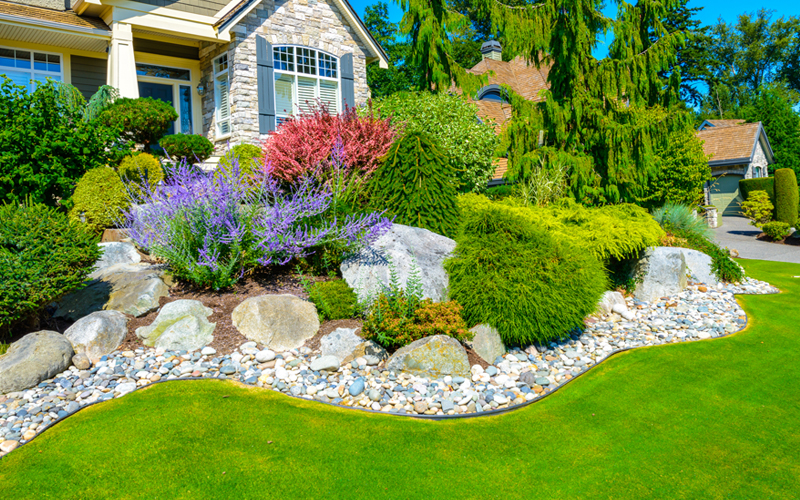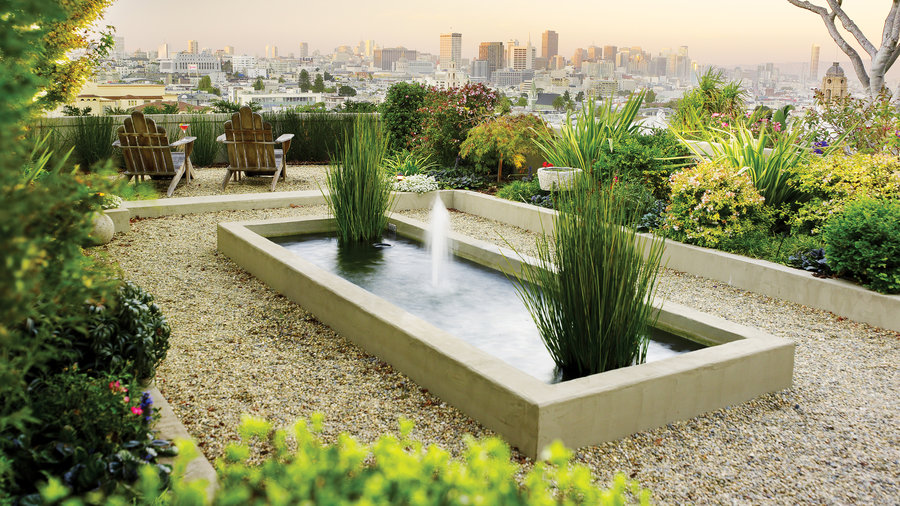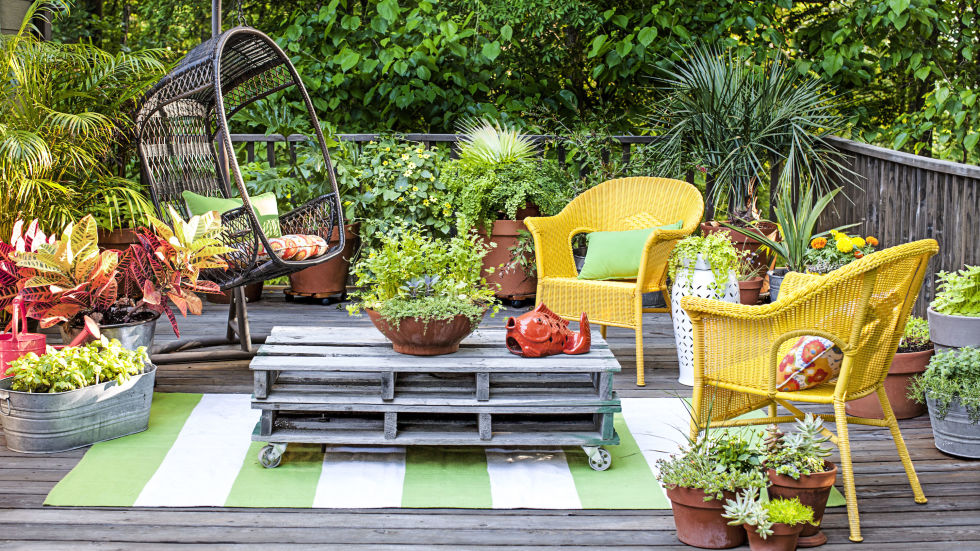5 Common Landscape Lighting Mistakes DIYers Make
Hey everyone, welcome to the blog today it is all about “5 Common Landscape Lighting Mistakes DIYers Make.” GAH!
Landscape lighting strikes many people as an easy do it yourself project. Anyone can stick solar lights in the ground around the house or along the pathway. Most people can connect outdoor lights to existing outdoor power plugs to put in accent lights or spotlights. Unless you’re running new, high voltage lines through the backyard to put in high powered lights, you may not even need a professional’s help. However, there are still a number of mistakes you could make. Here are five common landscape lighting mistakes DIYers make.
All Eyes on This!
You have installed a lovely gazebo or artificial waterfall in the garden. You want to light it up to bring everyone’s attention to it and possibly make it easier to get in and out of. Instead of installing several shielded path lights around the steps or pointing a gentle accent light at the fountain, you put several floodlights or other bright lights around it, lighting up the accent piece like a star on Broadway. This is literally too much. Lights like this will cause paint to fade and make it uncomfortable to actually stand by and admire the accent piece. You want lights just bright enough to see the item clearly, whether it is a sculpture, a tree, or steps.
I Just Love These Fixtures, Let’s Use These
Landscape lighting design should focus on the way the lighting makes the yard look and how it improves quality of life. The actual design of the light fixtures is secondary. A related mistake is selecting lights based on the way the light fixture looks, not the light level that it provides. Furthermore, you should never use indoor lights for outdoor applications.
Brighter Is Better
No, brighter is not necessarily better. You need the lights as bright as necessary to serve the purpose. For example, bright lights around doors could create glare that actually impedes visibility instead of improves it. Bright accent lights around your home could make it hard for you to sleep, while a series of very bright lights could leave dark areas of shadow where criminals could hide as they stake out your home. In general, you want lights as bright as necessary to highlight the attraction. For example, blue lights, whether well lights or deck lights will accent a piece in your garden without drowning out the beauty of the evening or bothering the neighbors. You can find these fittings at sites like https://www.voltlighting.com/ who also have an online photo gallery so you can get a good feel for what they’ll look like once installed.
Remember to avoid light pollution in general. For example, put half dome deck lights on the edge of the deck and its steps instead of floodlights. Have lights that direct light down at the path instead of filling the air. A well light right under a bush is better than a standing lamp that lights up everything around it. And take into account the possibility of glare, such as light reflecting off windows or bodies of water. Dimmer lights are one solution, while glare covers are a second-rate solution.
Not Using the Right Electrical Equipment
Always use high-quality wire connections and never try to plug in more items into an outlet than it is intended to handle. You may get away with putting a six-plug extender in your office, but this is outright dangerous outdoors. Don’t use undersized wires and don’t try to connect industrial grade lights to a standard wall outlet. Never attempt to jerry-rig wiring like trying to splice one light into a high voltage wire for another; hire an electrician or other qualified professional instead. And always use the right type of bulbs for the fixture.
Not Setting a Realistic Budget
A common problem with DIY light projects is that they have an unrealistic budget. They select a few beautiful brass and copper fixtures instead of the higher number of practical, classic black lights. Now the pathway is under-lit. Or they buy the lights to suit the application but fail to consider the cost of buying and installing wiring correctly and safely.
That’s why you should consider your budget first and foremost before you even undertake any project. Or you could look for less expensive options as well. But you shouldn’t simply go for the cheapest option for now, but an option that will allow you to save you money in the long run, like LED lights, for instance.
Conclusion
Don’t try to light up key features in your yard like a stage show; use as little light as possible. Brighter isn’t necessarily better and directed light is easier on the eye than general bright lights. Don’t try to be an electrician unless you actually are one. Select lights based on the light levels and directed style rather than the style of the light fixture. Consider the full budget for the project, including wiring and installation costs.
Image Source Here
Image Source Here Image Taken by Thomas J. Story
Image Source Here
Image Source Here
Thanks for visiting today. Jen



